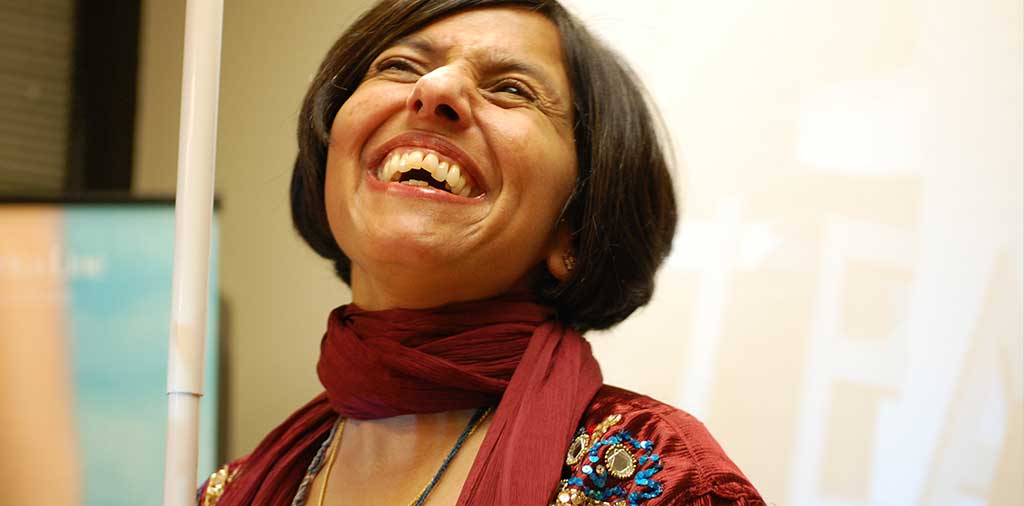DynamicBuna
Blog
Tactile Art
by Buna Dahal
Accessibility requires a creative process for learning and leading. It is commendable how Jim Collins expresses leadership in his book, Good to great: why some companies make the leap. . . and others don’t. Have you ever seen a good idea take hold at one business or institution and then simply take hold at other organizations across the country?
The following phenomenon reflects monumental leadership in accessibility. Tactile art! What is it? A large percentage of museum professionals are still unaware of the existence of tactile art. It is problematic for them to imagine that museums should seek to make their artworks as accessible as are their buildings.
Again, what is tactile art? That work which can be seen through the touch of fingertips is recognized as tactile art. Who can enjoy and benefit from such art? There is a myth that tactile art is designed only for the blind and visually impaired. As we all know the information is knowledge and knowledge is power. Think about it, if all people can access information through different mediums won’t that give more power to humankind? By exposing themselves to new horizons art lovers will learn to examine other avenues and perceptions about their own beliefs and creativity. Thus persons from varied backgrounds can enjoy and benefit from beautiful tactile art. Won’t it be wonderful when museum Curators take a leadership role by incorporating tactile experiences into their exhibitions?
Ann Cunningham is an artist who has been leading the way in tactile art. I had the honor of doing a presentation with Ann during the Western Association of Art Conservation Conference at the Denver Art Museum in fall of 2007. Our presentation included a live demonstration of a tactile art experience that proved to the audience how information is gathered through the touch of our fingers or hands. This convinced them of how a work of tactile art can turn into a valuable source of education. As a result, several museums around the western region are now interested in adding tactile art pieces to their collections. Following on this success, Ann and I sought to strengthen our connection to this community.
In April of 2008, the Association of Art Museums gathered in Denver for their annual convention. The conference organizers invited Ann and me to address the general session and to lead a workshop promoting tactile art. Here we had the opportunity for a defining moment in accessibility as well as leadership springing from a somewhat commonplace community interaction. What was exciting to me about this is how a small event –a single demonstration at one conference– might have a large influence. In this case, it happened when the organizers sought to introduce their colleagues to a creative way for enlarging museum audiences. Once this practice takes root then sustainability becomes evidence of acceptance by the institutions and their visitors.

